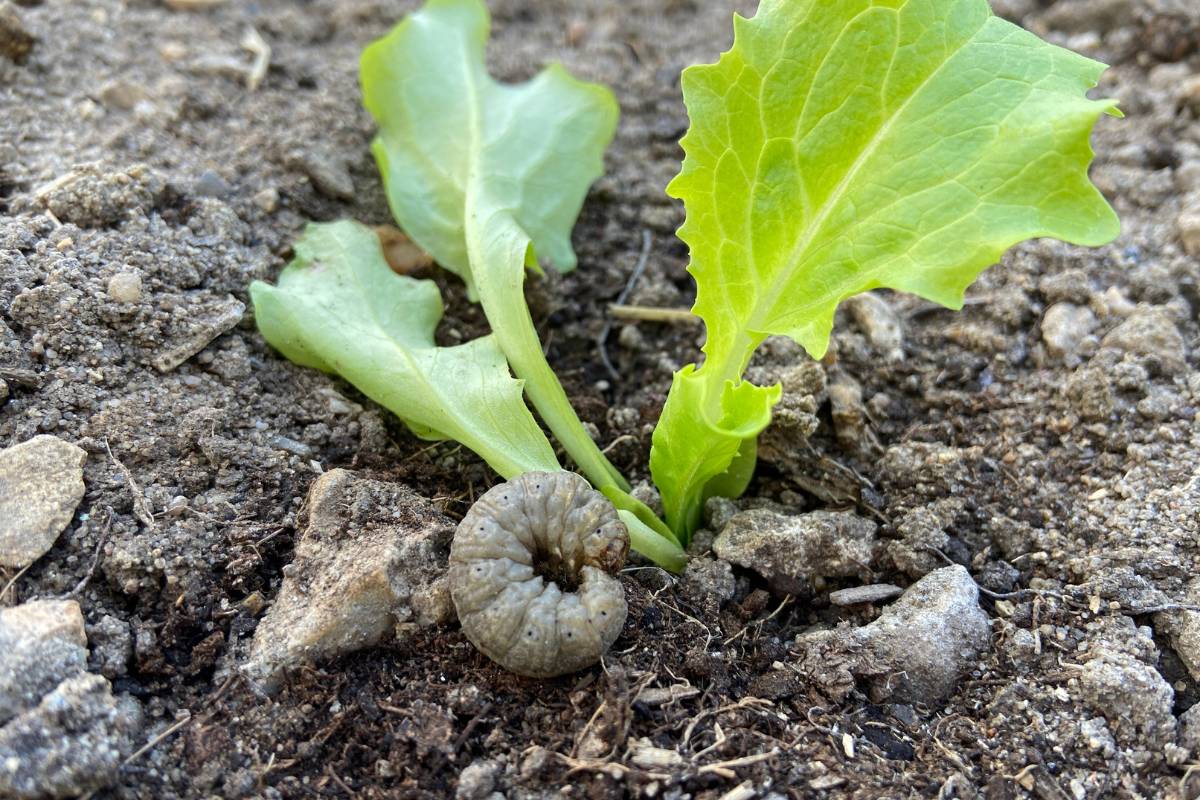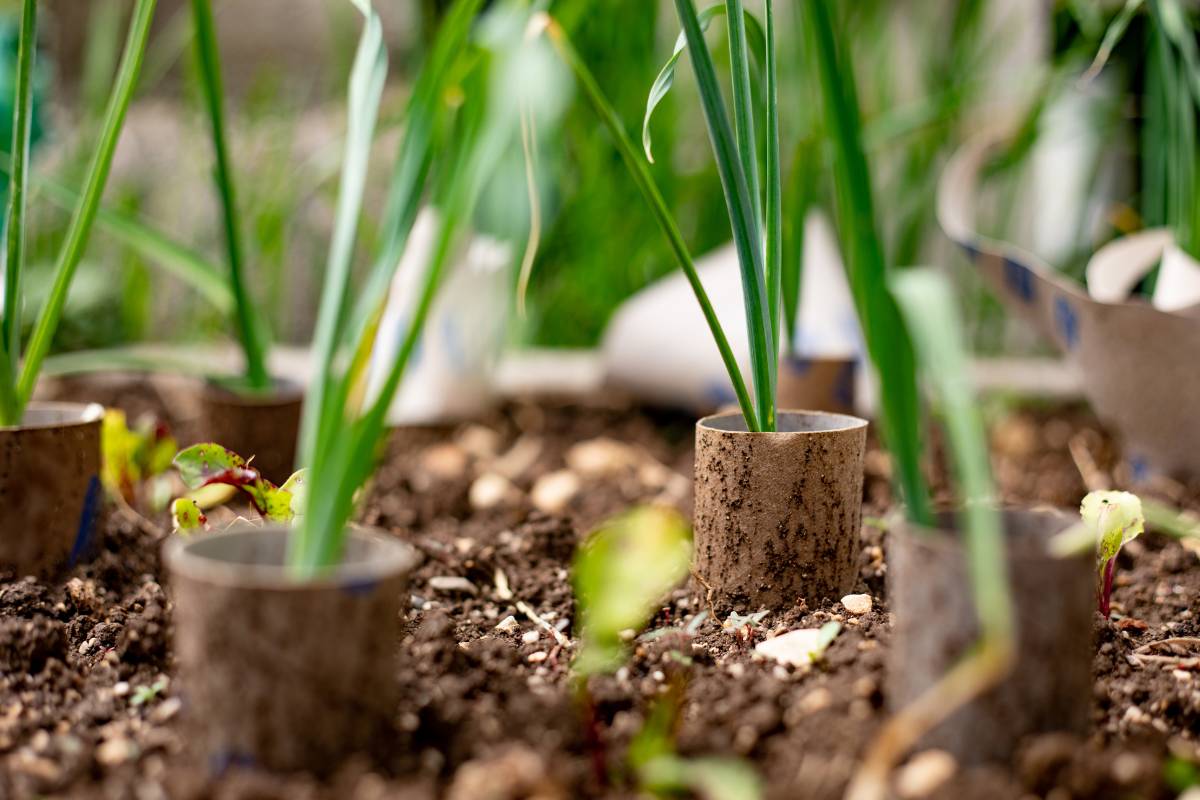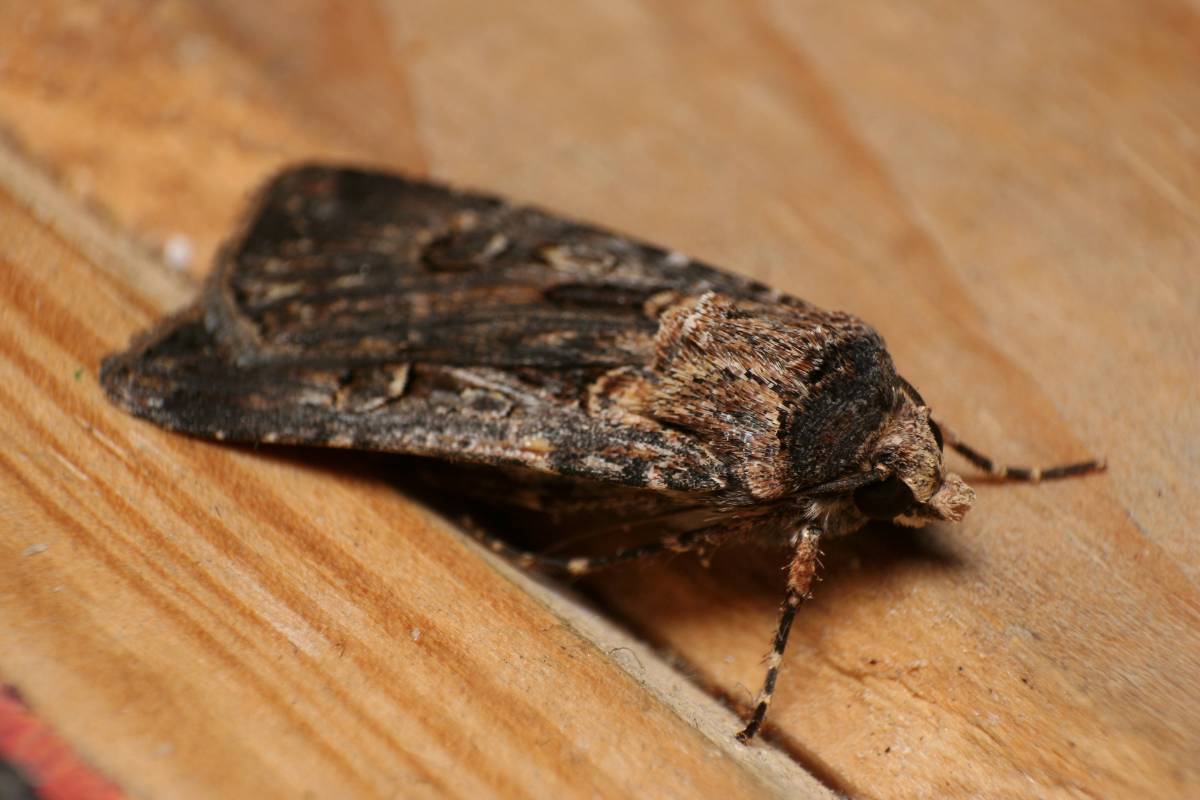Most adult moths are welcome in a garden as part of a healthy ecosystem. They provide a valuable food source for birds and small mammals while also playing a minor but useful role in pollination.
But caterpillars are a different matter entirely, and their appearance is rarely a sign of good things to come for your plants. And if your garden is filled with young and tender seedlings, one of the most unwelcome caterpillar visitors of all is the cutworm.
With the vulnerable Bogong moth among one of several species of cutworm in Australia, using pesticides to control the larvae isn't necessarily appropriate. Read on to discover how to protect your seedlings in a more environmentally sensitive way.
Are Cutworms the Root of Your Problem?
These destructive pests are the larval stage of several different moth species of the genus Agrotis, and their feeding behaviour can cause serious problems when plants are at their youngest and most vulnerable.
Cutworms feed at the base of tender seedlings, curling themselves around the stem at soil level. The damage that results can cause the plants to collapse, seemingly overnight. And while sometimes this collapse is the only visible damage, cutworms may also go on to completely sever the stem and consume the foliage lying on the ground.
Cutworms aren't the only things to cause this kind of sudden seedling demise, but there are a few telltale signs to look for when identifying the culprits.
First, the moths lay eggs in late autumn with their larvae emerging in winter, so the worst damage is often seen in late winter or early spring just as the first seedlings begin to emerge. Also, the caterpillars mainly live in organic debris, so damage seen in mulched or overgrown beds makes cutworms a likely suspect.
Cutworm eggs are small and creamy, sometimes disguised by soft webbing, and are mostly laid on leaves, mulch or blades of grass.
Once the larvae emerge, they have a typical caterpillar appearance, coloured brown, grey or green, measuring up to 4cm long, and smooth-bodied with just a few hairs. A nighttime inspection by torchlight can help you confirm their presence, as the caterpillars are most active when feeding nocturnally. Cutworms will curl up when disturbed, so to help with identification, give suspects a prod with a twig to see how they react.
Once they reach the feeding stage, you might also see cutworm droppings on the lower parts of a plant or the ground below. These droppings are tiny, black and pellet-shaped, compared to slug droppings which are larger, softer, and s-shaped. This difference helps to confirm that the damage is caused by cutworms rather than the more common gastropod pests.
Management and Control Options
Although cutworms can severely damage an emerging seedling crop, it's not always a good idea to reach for insecticide solutions as a first option. As mentioned, the adults that eventually emerge are a useful part of your garden's ecosystem, so you probably don't want to wholly eliminate the population. What's more, the Bogong moth (Agrotis infusa) is one type of cutworm that's on the endangered list, so a blunderbuss chemical approach isn't necessarily appropriate.
Bearing this in mind, cultural management and control methods are perhaps the first things to try, reaching for more forceful solutions only if you regularly see serious, damaging cutworm infestations in your garden.
Nightly inspections of vulnerable seedbeds will help you catch the cutworms before they make too much impact. And while you can remove most eggs or larvae by hand, you'll be unlikely to catch them all, leaving some to reach adulthood.
But you can also do plenty to stop the caterpillars from becoming a problem in the first place. Before sowing seeds or transplanting seedlings, till the soil thoroughly to disturb any unhatched eggs or freshly emerged larvae, as well as removing large pieces of organic matter that could provide cover.
Also, remove organic mulch from directly around your seedlings, depriving the cutworms of feeding and breeding opportunities close to your most vulnerable plants. If isolating plants from surrounding organic matter isn't possible, you can protect the seedlings with improvised collars. Use cut-off plastic drinks bottles, thickly folded aluminium foil, or a simple cardboard roll, pushed 5cm into the soil and extending 5cm above to create a physical barrier around each seedling.
Alternatively, if your plants are suitable for transplanting, try starting them off indoors or on a potting bench before planting them out when they're larger and less vulnerable to caterpillar feeding. You could even delay transplanting until later in spring once the cutworm larvae have matured into moths and no longer present any danger.
Lastly, as with so many pest problems, encouraging predators in your garden will help keep cutworm numbers in check. Birds, ladybirds, damsel bugs and predatory wasps all feed on eggs and larvae but will be deterred by excessive chemical use that dramatically reduces insect numbers.
No one likes to see plants being damaged by pests, particularly when hungry caterpillars can kill off whole batches of seedlings in a few short hours. But the appearance of cutworms shouldn't mean reaching for insecticides as the first option - management is key to keeping cutworm damage to an acceptable level while promoting all-around health and diversity in your garden's ecosystem.









